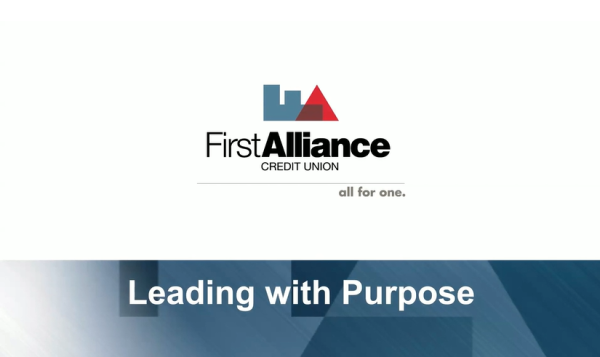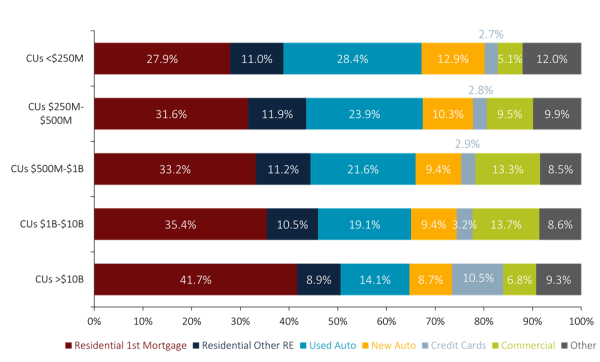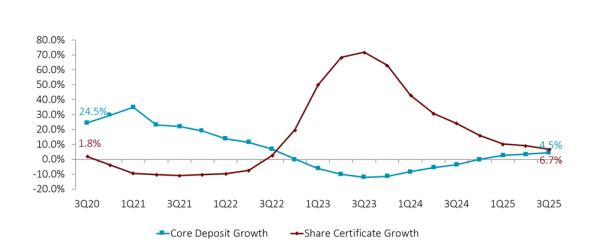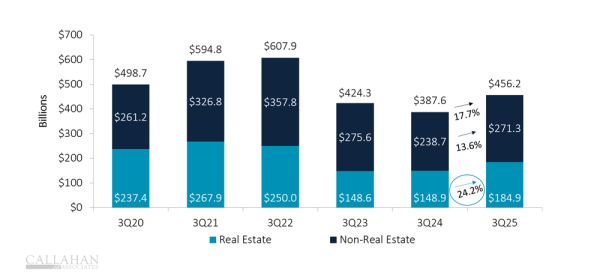CECL: A Half-Baked Cake
One year after implementation, there’s still work to be done when it comes to new rules around expected credit losses.
Our Risk page is the top spot to learn about business continuity, compliance, enterprise risk management, fraud, and vendor management.
One year after implementation, there’s still work to be done when it comes to new rules around expected credit losses.
For the past decade, the credit union’s head risk leader has been evangelizing the idea that everyone must be a risk manager to ensure the
The crisis is still unfolding, but the latest high-profile bank failure has plenty of takeaways for credit unions around asset management, net worth, communication, and
In a day and age when cyber security is of utmost concern, how can expanding your payment acceptance capabilities protect both you and your borrowers?
If you want to measure your website’s ROI, start tracking conversion instead of consumption.
Credit unions pay good money for cutting-edge products and services. Here’s how they can avoid being shortchanged upon delivery.
This week, CreditUnions.com features strategies and case studies from credit unions with robust vendor management processes.
In this Q&A, Kristen E. Edmundson, vice president of audit and compliance at Purdue Federal Credit Union, shares her perspectives on pain points, best practices, and the future of vendor management.
Cost reductions, process efficiencies, and compliance comfort are some of the benefits of a holistic, vigorous new approach.
In this Q&A, Cheryl Turner, contracts administrator at BCU, discusses how the credit union manages its vendor relationships — from how the credit union reviews vendors to best practices she’s gleaned during her time with BCU.
A Q&A With Rick Wieczorek, CEO of Mid-Atlantic Federal Credit Union.
A Texas credit union looks to vendor management, conversion-related momentum, and a healthy dose of skepticism to build an expansive technology base without breaking the bank.
In 2010, Fairfax County Credit Union received supplemental capital from the U.S. Treasury. Here’s how it used those funds to improve the long-term health of the credit union and its membership.

Discover how First Alliance Credit Union is redefining success by putting values and member needs at the heart of everything it does.

Craft breweries demonstrate how commitment to value, operational agility, and community focus can ignite growth and drive property.

Quarterly performance reports from Callahan & Associates highlight important metrics from across the credit union industry. Comparing top-level performance and digging into the financial statement has never been easier.

Explore how credit union size influences growth, lending, and efficiency.

Accelerating membership growth signals the increasing influence of credit unions amid evolving interest rate trends and economic challenges.

Inflation, debt, and income inequality are fueling a K-shaped, post-pandemic recovery, widening the gap between different economic segments and challenging lower-income households.

Falling interest rates are changing the game for credit unions. Explore how potential shifts in lending, savings, and margins are set to affect the bottom line.

Explore the subtle shifts redefining the credit union core processing space and how these movements shape growth, innovation, and member experience.

The combination of the right philosophy and the right technology can set credit unions up for success even during difficult economic times.

Nearly 100 credit unions are providing Buy Now, Pay Later to their members, and their banking cores are giving them a surprising competitive advantage.